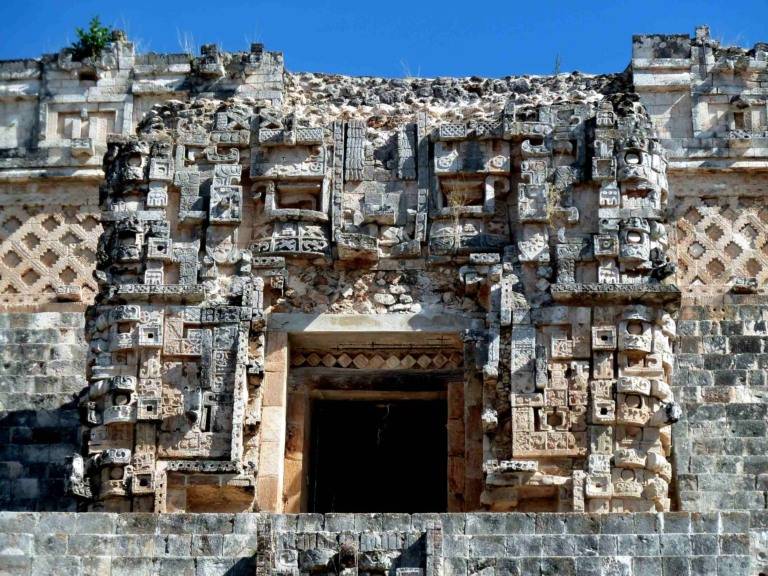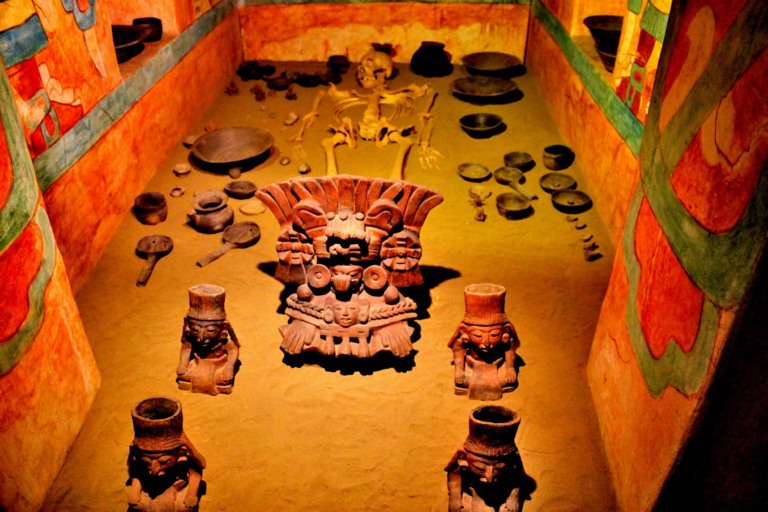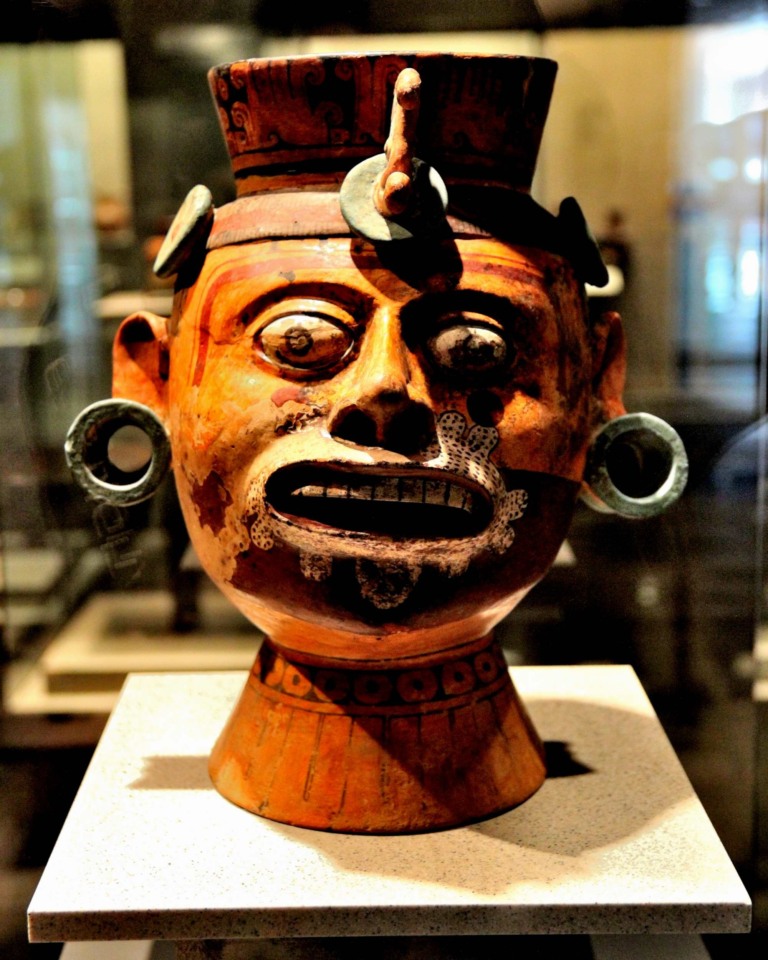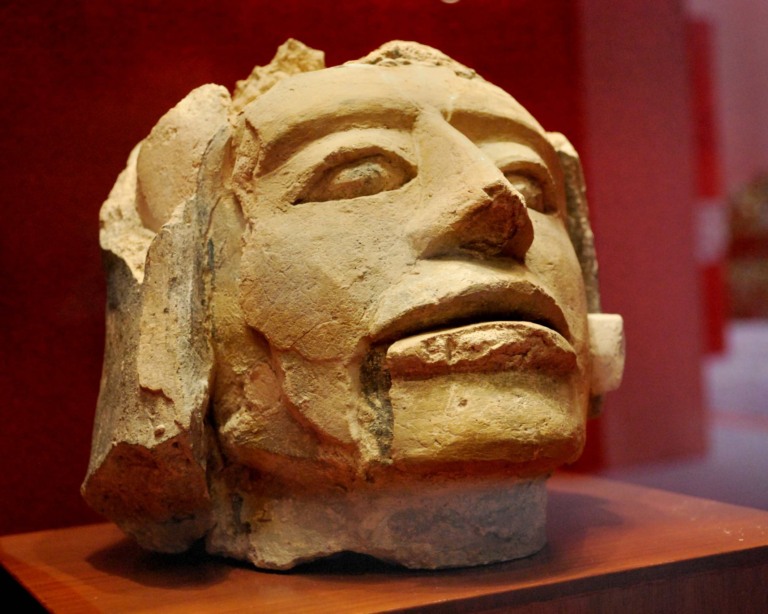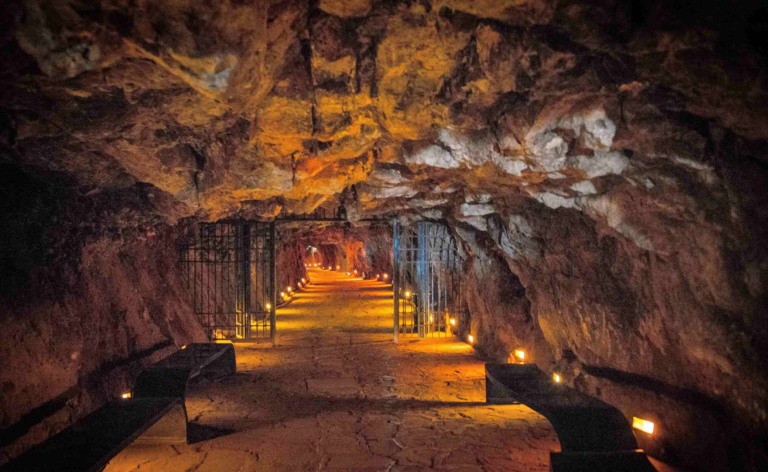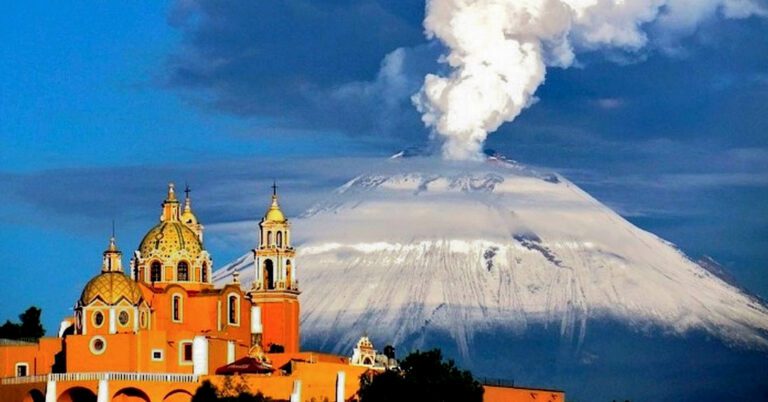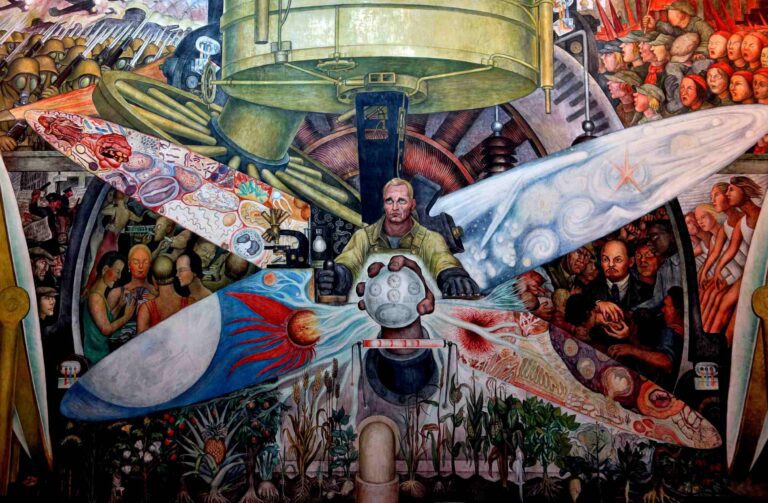Tehuacán-Cuicatlán Valley

The Tehuacán-Cuicatlán Valley, located in central-southern Mexico, is a region of great ecological and cultural significance. Known for its stunning biodiversity and deep historical roots, it was declared a UNESCO World Heritage site in 2018 under the category of a mixed cultural and natural property. The valley spans parts of the states of Puebla and Oaxaca and covers an area of over 145,000 hectares. This is a vital center of biodiversity, particularly notable for its desert and semi-desert ecosystems. It is home to a vast range of plant species, many of which are endemic to the area. The valley boasts one of the richest collections of cacti in the world, including towering columnar cacti that dominate its landscape. These cacti ecosystems, along with the rare agave and yucca species, thrive in the region’s arid climate. It's also home to various endangered animal species, such as the green macaw, jaguars, pumas, and ocelots. The preservation of these unique ecosystems is essential for the continued survival of the valley’s flora and fauna, making it a key area for conservation efforts.
